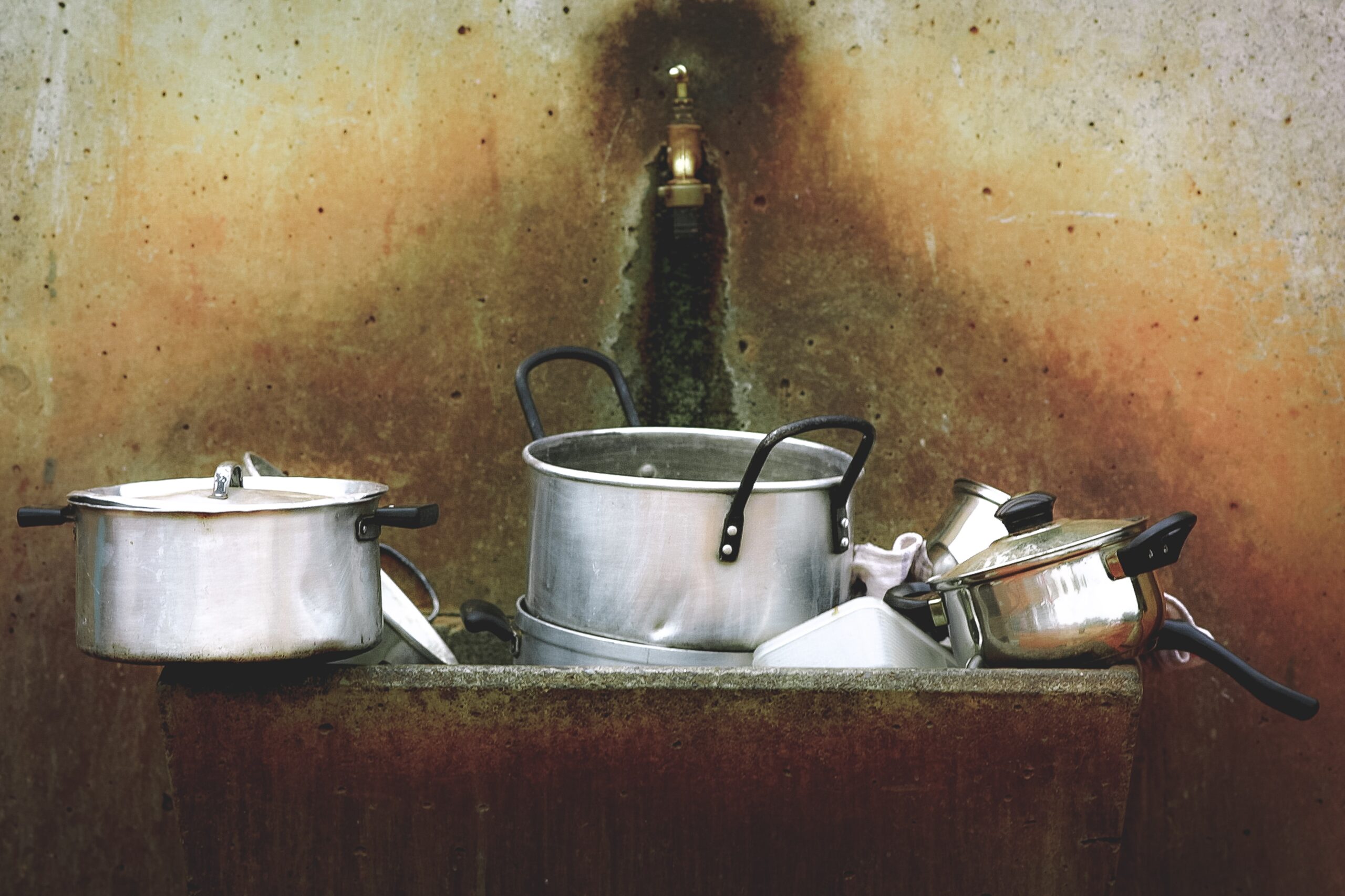My foot is a little achy and it should be. A little less than two months ago I broke my plantar plate during a race in Illinois. Actually, it’s not clear whether or not it was broken in that race, or during training… The pain had been around for a long time. But, from speaking to my doctor after the race, given the increase in pain I felt from mile 36 on, that’s probably where the fracture took place. I actually wrote a blog on this. A blog on how I hadn’t run into pain that I couldn’t overcome yet. Yet, there I was, roughly 55 miles into my race with debilitating foot pain, and I had to call it.
It was definitely a new experience for me. Before that, just like in training, I had developed the ability to consider the things that I didn’t like in training to be part of the training. If they were gray days, if there was rain, if it was cold… When it got really cold in the negatives and the snow got higher, it was called chain season. Chain season is when I had to put on chains (microspikes) so I could actually gain some traction (if I didn’t need snowshoes that is). Any elevation was considered a gift, and if the footing was bad, the training was good.It had nothing to do with any physical gain, but more so the ability to deal with my own demons, suffering, and discomfort. There is no greater or quicker path to living a joyful, pain-free life than embracing suffering on all accounts. Physical, mental, and emotional. It was a free pass to the kind of life that I wanted to live, and felt like I was living until this plantar fracture.
The only three time winner, or I should say, finisher of the Barkley marathons, Jared Campbell, an engineer and winner of the hard rock 100, talks about his experiences with discomfort ((2) GINGER RUNNER LIVE #112 | The Barkley Marathons, Part 2 – Jared Campbell & Gary Robbins – YouTube). One of his interesting comments was that considers the Barkley a psychological experiment rather than a race. “There’s a point with the Barkley where it’s not really about making logical decisions,”he said. The Barkley goes beyond the 60 hours that you’re out there in and of itself, Jared goes on to say. He described it as an exercise in ‘misery management’ and then corrected himself to say resilience training, and said he decided to include in his training anything in life that came up that wasn’t perfect. Anything at work, relationship issues, or family stuff would come up and he would say to himself, “Hey, this is Barkley training!”
Anyone who’s trained hard–whether it’s for a 5K, marathon, ultras, Iron Man it really doesn’t matter–once they’ve felt that pain and learned how to deal with the discomfort that their mind and body gave them, their day-to-day life that caused pain was muted a bit. We are very familiar with resilience being built on a physical level. What I mean by that is if we want to get strong muscles, we tear the muscle fibers up in the gym. Break them down. And then most importantly, give them a chance to recover. After a while carrying the groceries, helping a friend move, lifting things at work, don’t seem as daunting or difficult as they had before you started lifting weights. Yes, you’re stronger. But more importantly? You’ve become ‘familiar’. What you consider ‘difficult’ has become relative to what you’ve experienced in the weight room. You become less deterred by physical discomfort. You may find happiness and connection during situations that used to feel physically difficult or taxing, because you’ve pushed your pain threshold back. Those things that were annoying or intolerable outside the weight room are now tolerable, possibly even enjoyable, allowing you a greater sense of happiness in your life. All because you used everything around you as a training opportunity.
So the toe is still achy. And again, it should be, it’s a fractured toe. But when I reference all of the other times that I’ve been in races or in training, I’m grateful. I had a lot of memories, tools and experience with discomfort. Discomfort has made my life all the better, because of my familiarity with it. Discomfort that I use for training, instead of allowing it to use me and make my life’s choices..
So, the next time something that seems meaningless is uncomfortable or feels like it’s going to derail you and you feel like you can’t go on, think of it as life training! How much discomfort is going to be coming your way in the future? How is it helping you to enjoy the little moments that might be difficult, but don’t seem like it anymore to you because of what you’ve gone through? It’s all usable. It’s all fodder for building the resilience of your mind. The Buddha said all life is suffering. It’s inescapable. But, he never said you couldn’t become more familiar with that suffering and make your life better in the process. What do I mean by better? Your own.
If you would like to learn tools and skills to help you improve your emotional aptitude, reduce your emotional isolation, lessen your avoidance of shame, fear, and anxiety, and enable yourself to reach your goals, break old habits, or create new ones, I can help. I provide emotional resilience coaching, so you can achieve your goals. We can meet either virtually or in person at my office in Waterbury, Vermont. Just click the button or the link below for a free consultation and let’s talk.
Click to Select a Date & Time for your free consultation.




